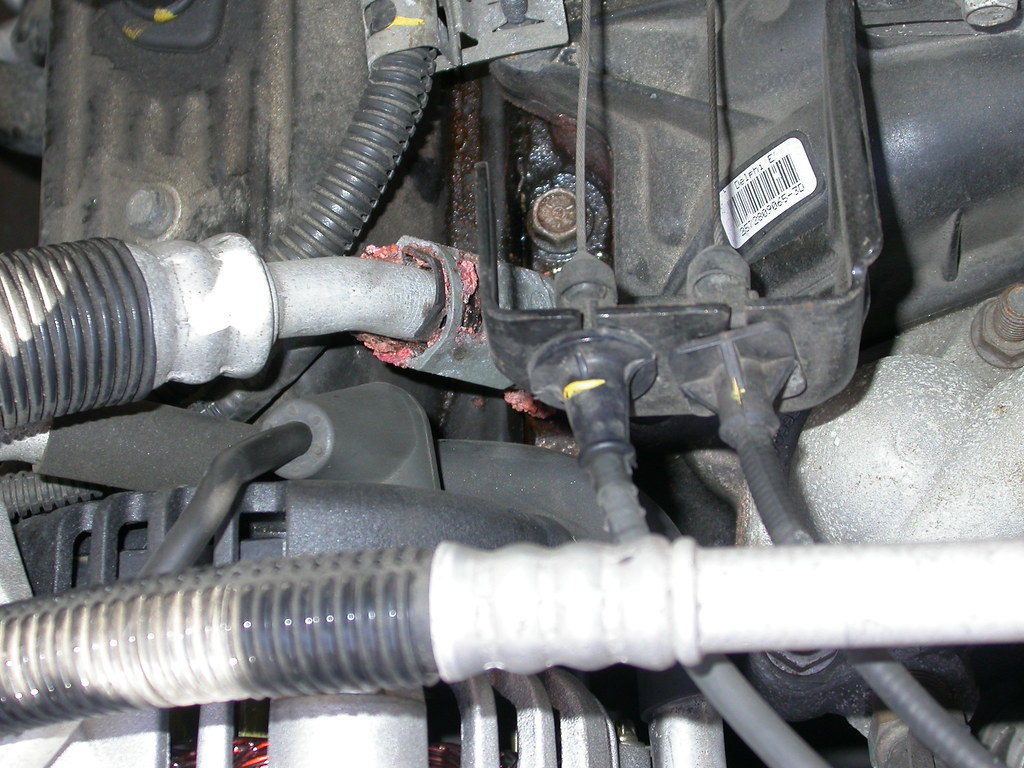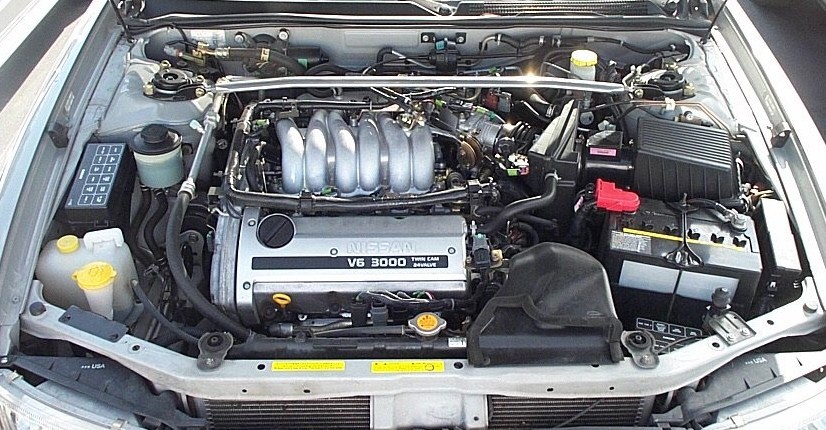Contents
– Oil in the coolant: causes and consequences
– Oil in the coolant: symptoms
– Oil in Coolant: maintenance and repair
Discovering oil in the coolant of your car can be a real warning sign of a breakdown. Several symptoms can alert even the most inexperienced mechanic to the problem. Once detected, the issue must be solved as soon as possible. You can call in a professional or opt for a temporary solution.
Oil in the coolant: causes and consequences
The different parts of the engine that work together are hermetically separated from each other to function correctly. The cylinder head gasket ensures the seal between the cooling system, the oil system, and the combustion chambers. Without it, the engine would be flooded. Thus, finding oil in the coolant can be very serious for the engine’s health, depending on the amount present. This means that the engine is leaking, and fluids or gases can change direction to move through a compartment that is not using them. If the motor is no longer sealed, failure is assured.
The consequences can be:
– parts that are no longer lubricated and may be damaged due to the loss of oil flowing into the coolant;
– abnormal overheating of the engine since the coolant is impure when mixed with oil and may no longer function properly.
In all cases, your vehicle may be damaged and break down. If there is a leak in the engine, it means that you should replace a part. It will help if you have a look at the head gasket or the head itself.
Oil in the coolant: symptoms

You should open the hood and check the coolant content. Three symptoms should alert you:
– the engine temperature is abnormally high;
– the coolant or oil level drops rapidly;
– the smoke from your car is turning blue.
In this case, you should open the coolant compartment. If you can see a white liquid, it means that the oil and coolant have mixed. This is called “mayonnaise” under the hood. If you can see some black, oily residue on the sides of the wall, you need to go to your mechanic for an inspection. This may be nothing more than a simple residue and condensation problem, but it’s better not to wait for a breakdown.
Good to know: if you find oil in the coolant, in the vast majority of cases, it is a defect in the head gasket. It has to withstand a lot of chemical and thermal stresses over time. Therefore, it is not uncommon for the gasket to fail and no longer ensure the engine’s tightness. Here, it becomes crucial to change the gasket before impending engine failure.
Oil in the coolant: maintenance and repair
The engine part is the most expensive part of a car and the most delicate. A simple malfunction in the system can damage all the other parts. At the first sign of failure, you should take your car to a garage. The mechanic can then proceed to a diagnosis to check the presence and the quantity of oil in the coolant.
To do this, he will start by draining the system to identify the defects and trace them back to the fault. If the head gasket is worn, he will change it. He will do the same if the whole cylinder head is defective, but the bill will be higher…
Cost of repairs
Servicing by an expert, in addition to oil changes, can cost up to $100. To this must be added the price of the parts to be changed. A cylinder head gasket, for example, costs about $70.
Good to know: If you have oil in the coolant, there is a temporary solution if you can’t get to your garage very quickly. There is a unique product sold in car stores used to seal leaks in scorching areas. It temporarily seals the affected parts, or if you are lucky, it can completely seal the leaks (the minor ones, though).

